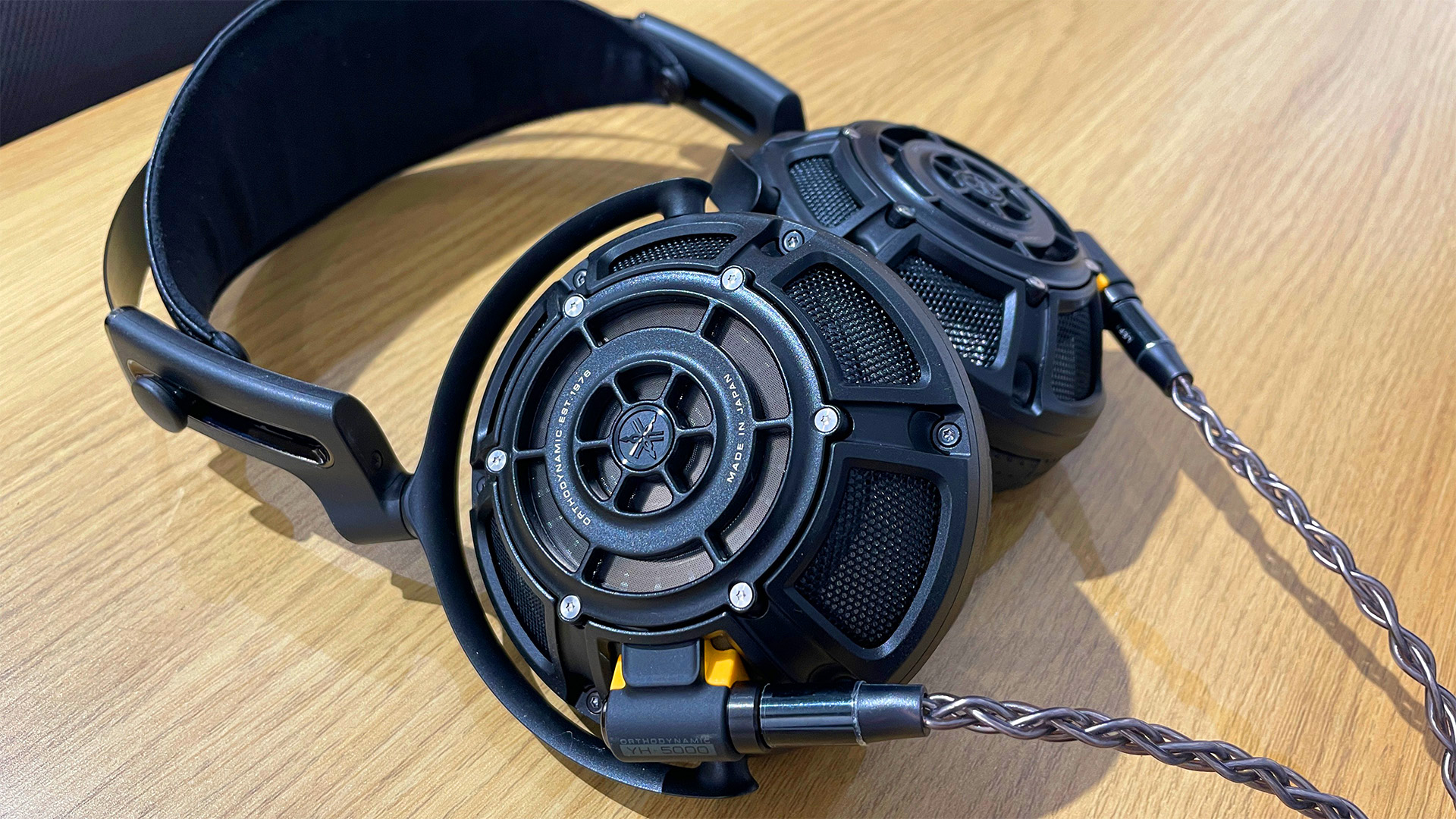
Whether you listen to them predominantly at home or on the go, headphones are as important an investment as a new amp or pair of speakers. And when it comes to picking the right pair, there's more to it than scrolling through our headphone deals page and skimming a few headphone reviews. (That said, if you know what style you want, you can just skip straight to our best headphones buying guide.)
Indeed, even if you're on a tight budget, it's best to take your time to research what type, let alone brand or specific model, you want and arm yourself with some expert knowledge rather than buy the first pair that catches your eye. To aid your decision-making, we've put together an expert guide to help you choose the right pair of headphones.
Whether you're spending peanuts or a small fortune, this enlightening step-by-step guide should help you get the most for your money. Here's how we go about buying new earbuds, on-ears or cans...
What's your budget?
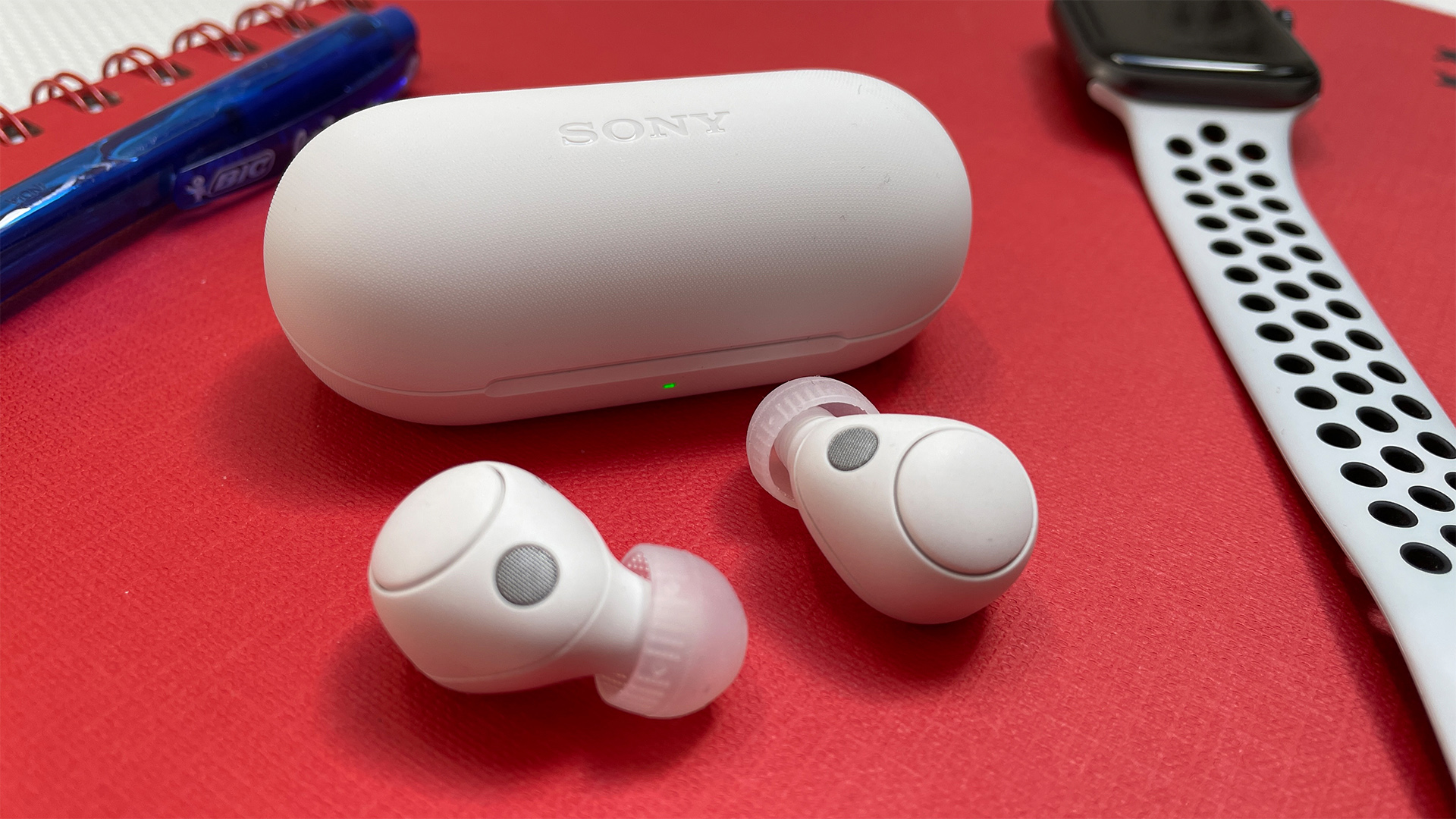
First, you’ll need to set your budget – and this really should take longer than a momentary glance at your bank balance. You can begin by using the primary component in your system to guide you: music.
If you’re exclusively playing lossy music, such as MP3s and Spotify streams, there’s no point in throwing heaps of cash at a pair of headphones that will at best be underworked and at worst shine a light directly on the deficiencies in your source. If you want a pair of affordable everyday headphones for the commute, cheap wireless headphones should do the trick. If you travel a lot or tend to listen to music in noisy environments, choose a pair with active noise cancellation.
Likewise, don’t expect a pair of entry-level in-ears to faithfully contour the talents of your extensive and expansive home system and collection of WAV and DSD hi-res files. If you want to make the most out of a hi-res audio library, a wired pair of audiophile headphones will suit you best.
All of which leads us to the question of type. As you’ll doubtless already know (and we're bypassing the issue of whether you want the wire that attaches your listening gear to your device for a moment), headphones come in three main types: in-ear, on-ear and over-ear.
The choice comes down largely to preference rather than budget. Some of the best over-ear headphones are light and tidy enough to wear on your morning commute (and they should act as a deterrent to anyone wishing to strike up a conversation with you on the train), while there's also great audio to be had if you go for a pair of the best in-ear headphones too. On-ear headphones are less prevalent these days, but they still do exist if you want a less enveloping, unburdensome fit.
Whether your budget is two figures or five, however, you can get decent options across all three fits nowadays, so none are ruled out if you have a modest one.
What headphone type is best for you?
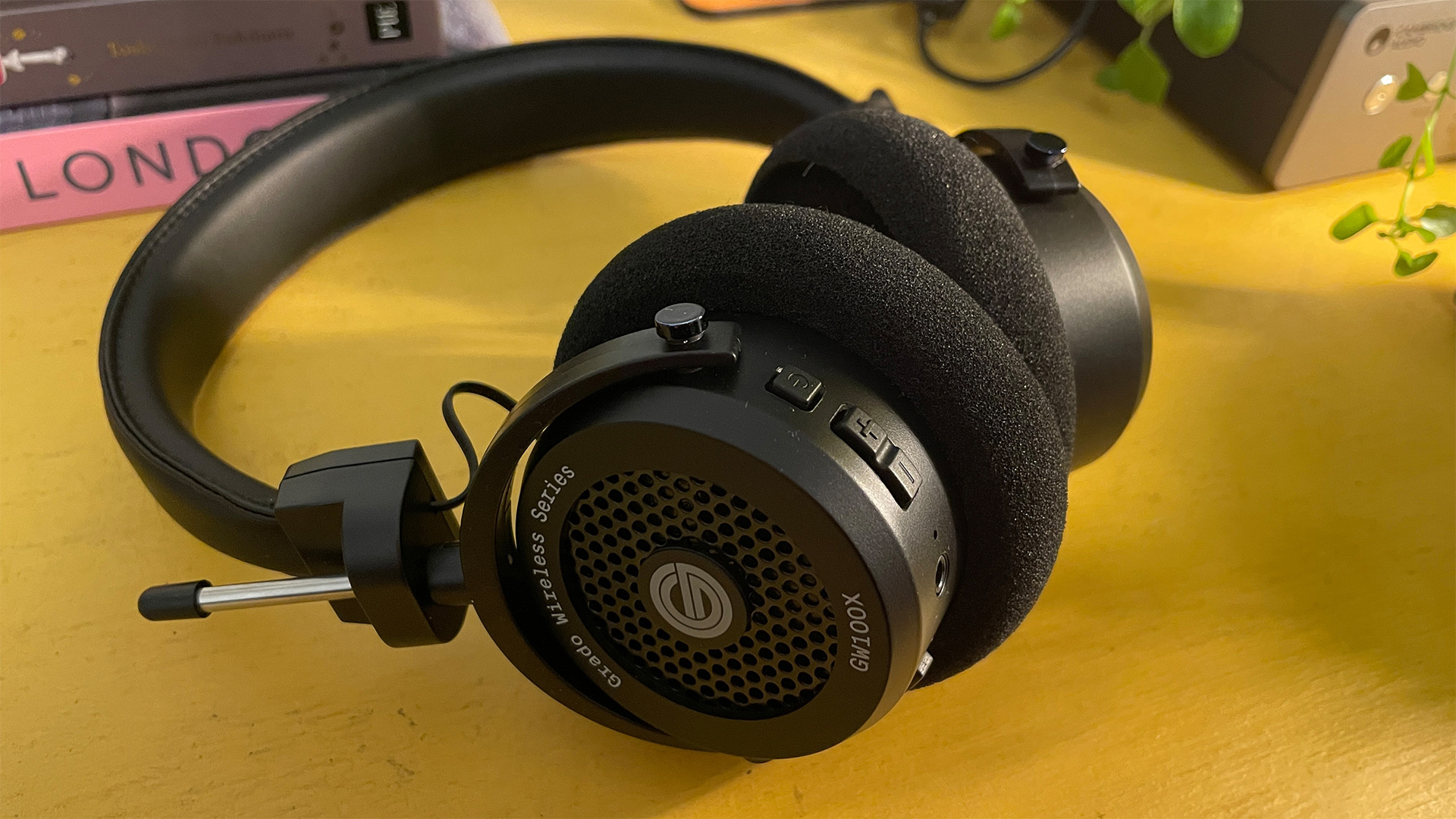
Next, let's think about where you’ll be using your headphones. If they’re solely for home use, do they need to be all but invisible and inaudible to the outside world? While perhaps not ideal for the train or bus (because fellow passengers will also hear tracks and playlists you may wish to keep private), if sound leakage isn’t an issue, picking on-ears or over-ears with an inherently leaky open-back design could deliver a more expansive and insightful sound. Many wired headphones are open-back, from budget pairs to premium models.
Here, why not consider the affordable Grado SR80x? Or, for a higher-end option, the Grado SR325x are also well worth a look, as well as the Beyerdynamic T1 if your system and wallet are up to it.
If you're OK with wired headphones because sound is your priority, but you'd rather not have a leaky open-back pair, go for a more traditional closed-back model, such as the inexpensive Austrian Audio Hi-X15, step-up Beyerdynamic DT 700 Pro X or high-end Beyerdynamic T5.
Or, if you want to really block out the world and are willing to sacrifice a bit of sound quality to get it, there are throngs of great-sounding over-ear wireless headphones with active noise cancellation that will counteract the hum of an aeroplane, such as the Sony WH-1000XM5 and Apple AirPods Max.
On the theme of wireless-ness, true wireless earbuds (those that don't have wires connecting the two buds), such as the Sony WF-C500, WF-C700N WF-1000XM5, or the Bose QuietComfort Ultra Earbuds, will offer even more wireless freedom.
These connect to your phone, laptop or other source device via Bluetooth, and are rising in popularity thanks to smartphone brands who've ditched the trusty 3.5mm audio input. Because, if they fit well, it's nicer to go on a run without that wire jangling around your neck or behind your head and potentially upsetting your stride. If you listen to music on your smartphone while you run, that could well dictate the headphones route (wired or wireless) you take.
It is worth noting here, though, that you will be spending more for wireless headphones to match the sonic performance of their wired equivalent. Also, battery life will be a consideration if you're going wireless – nobody wants to be caught short in the middle of their 10k.
- Wired vs wireless headphones: the pros and cons
Think about comfort
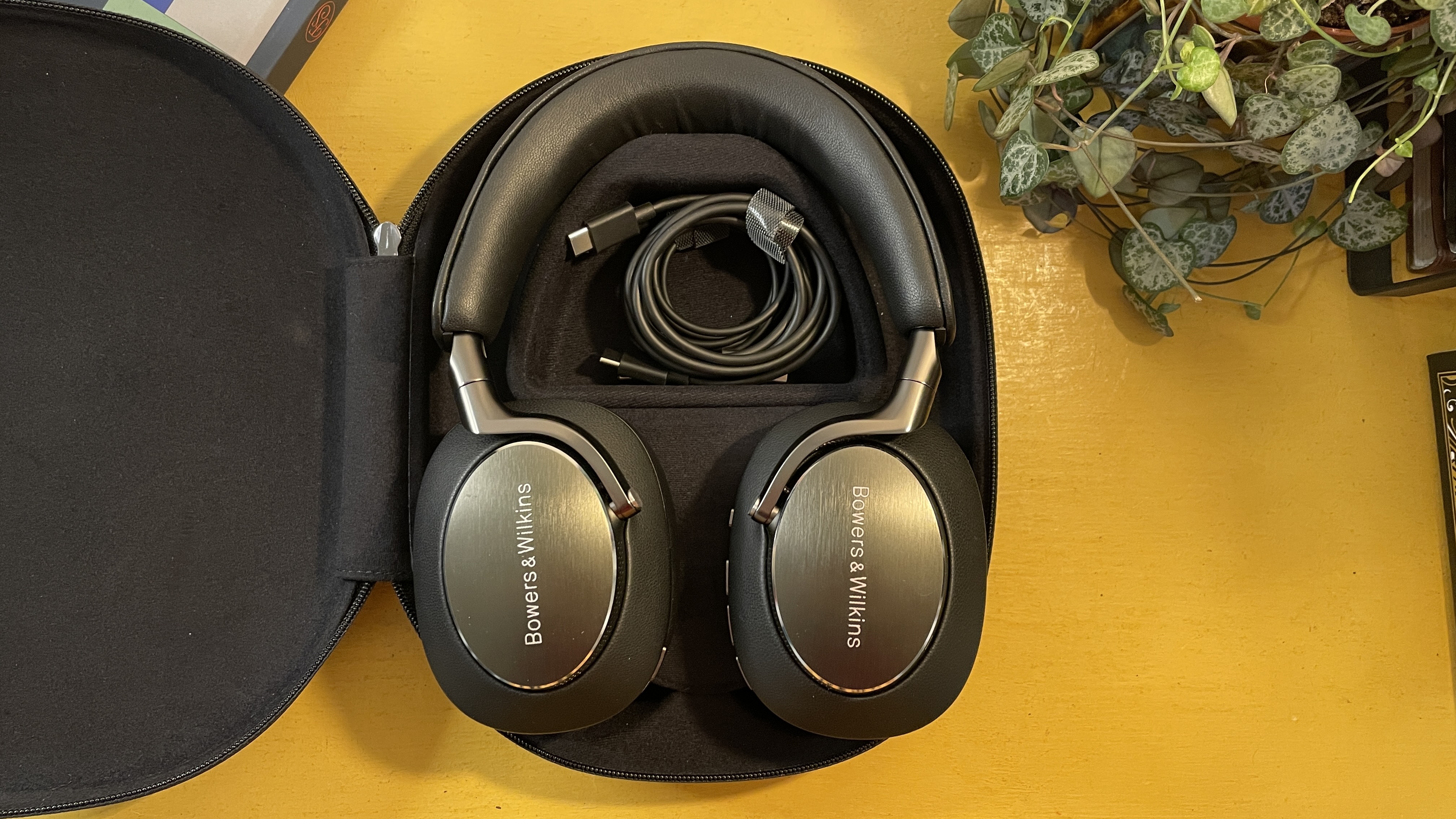
It’s now time to consider comfort. When you’re test-driving a pair of headphones, try to think not only about how they sound but also how they feel: do your ears get really warm after half an hour of wearing over-ears, or does the inadequately padded band give you a headache? The heavier a pair of over-ears are, the more padding they potentially need to protect your head from their weight. You might consider on-ears if you don't like the enveloping, shut-out feel of over-ears.
If you're going for true wireless for the ultimate portability, can you get a good seal to ensure a solid sound performance, and do the units feel secure in your ears? If they feel a little bulky at first, chances are they'll become uncomfortable over the course of a few hours – and possibly even fall out when you turn your head sharply.
Sound is king, of course, but aesthetics must also be considered too. You should want to plug your headphones in and listen as soon as you cast your eye upon them. Ferrari red might make a pair of cans stand out in the shop, but will you feel self-conscious wearing them to the office?
Conversely, are you less likely to be enthused about your music if your cans look like they were designed by a funeral director? It's all about finding the middle ground between fashion accessory and sartorial embarrassment.
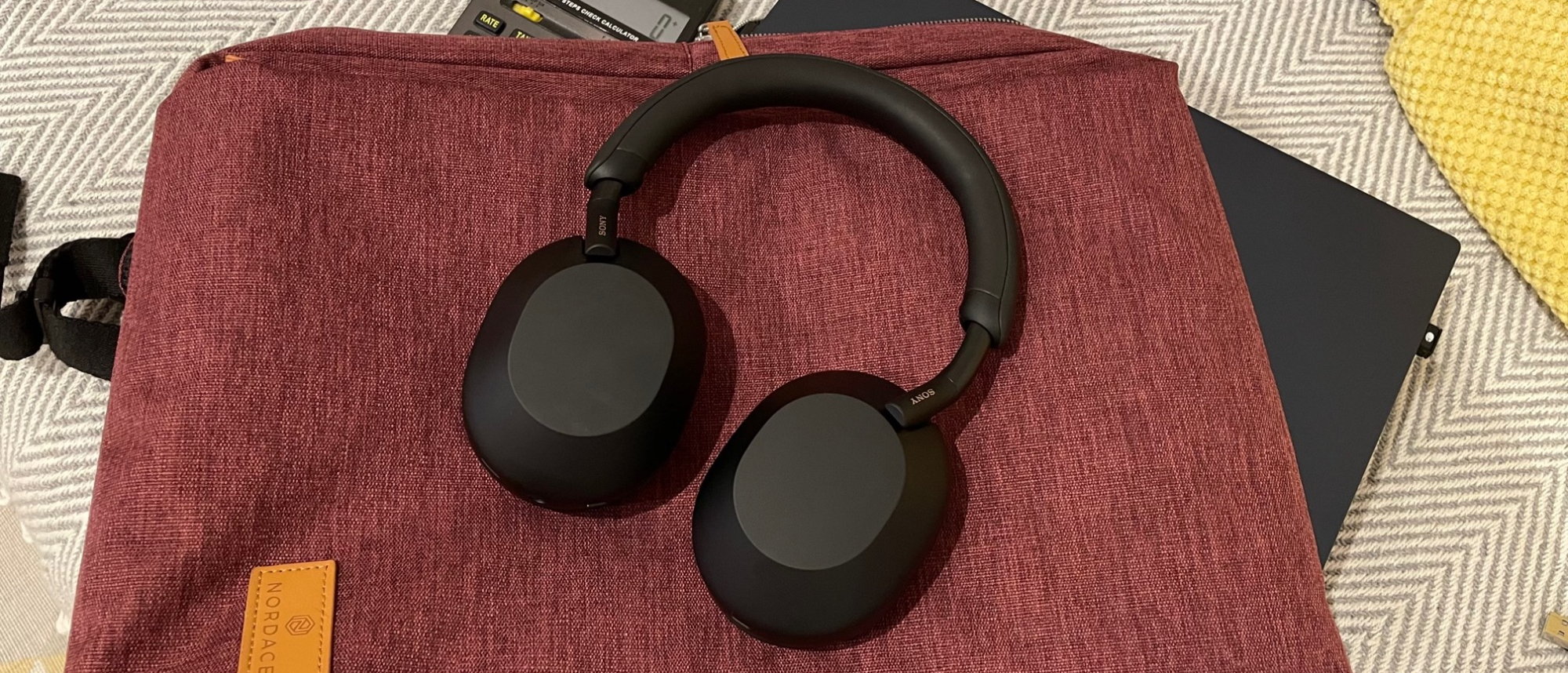
And the future
A healthy dose of nihilism is often a great way of safeguarding against future woe and inevitable disappointment, but you probably shouldn’t live entirely in the now during this particular journey.
For wired headphone buyers, if you're planning to upgrade your hi-fi or desktop system over time, either with different sources or a standalone headphone amplifier or DAC, the headphones you’re purchasing now should ideally have the sonic stretch to reveal those improvements. It's probably safer to buy the best pair you can afford, rather than to skimp and have to upgrade before long.
More immediately pertinent – and this applies increasingly to wireless pairs as well as wired ones – are there replaceable parts such as pads, tips or cables, for comfort or in case of damage? It’s always worth a little forethought. Brands are beginning to think more about sustainability now, with many offering such replacement parts, for a price of course.
Do shop around
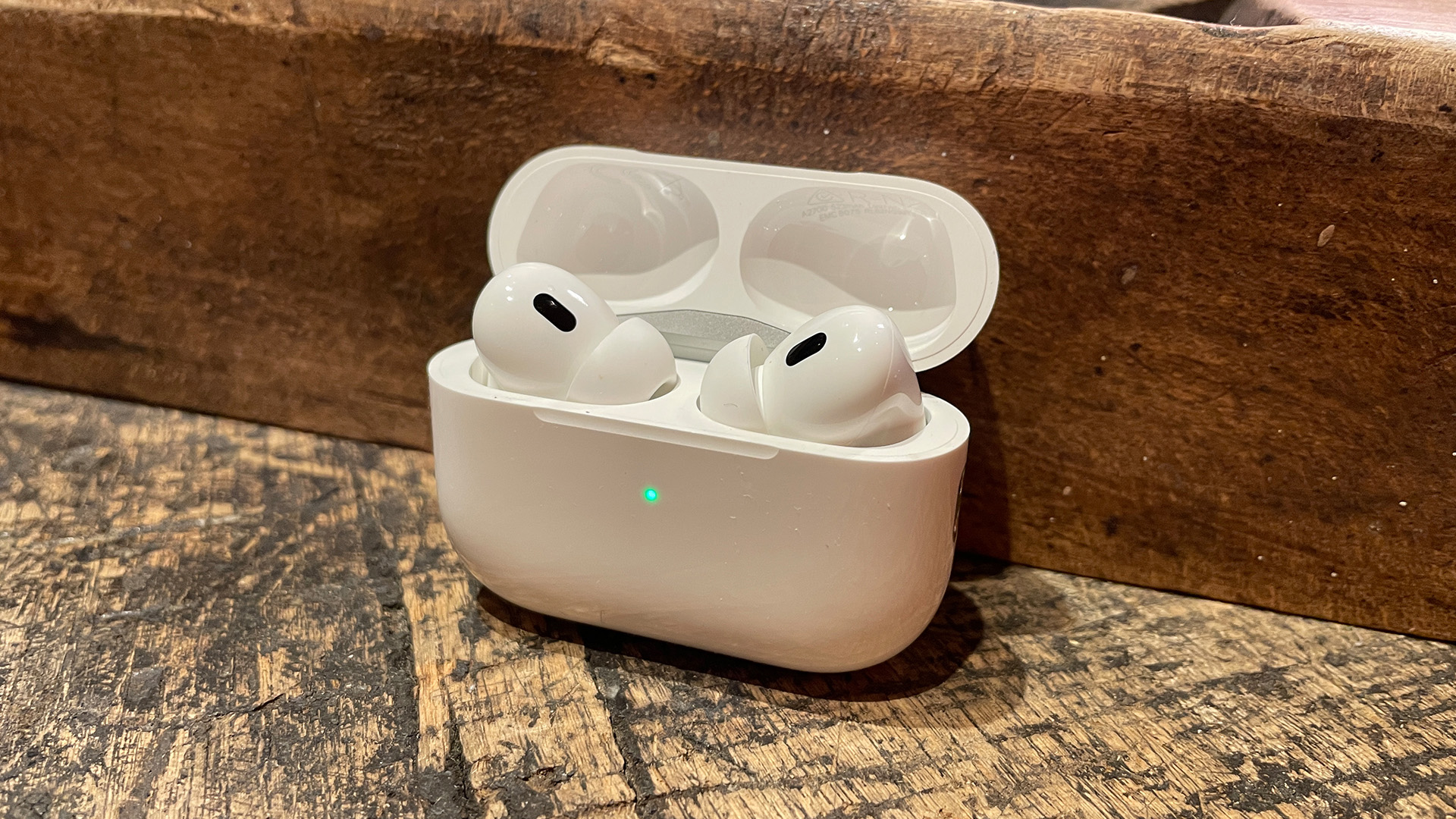
This one applies mostly, but not exclusively, to shoppers of wired headphones.
The easiest way to trial a wide range of headphones? Going to 'a shop' (it's basically a tangible version of the internet). You’ll go in better informed and with a more streamlined shortlist by reading our reviews, of course, but always be open to alternatives.
A good dealer knows their products, and might stock something better suited to your needs that you’d not yet considered. Remember, the dealer is there to help you, but you’re the one spending money – so you should be driving the sale.
As such, you should test with the music you usually listen to. You’ll know better how it ought to sound, and be able to make a more informed judgement of what you are hearing. Take in a few CDs, records or your personal music player, and the dealer should be only too happy to let you play them.
It’s important, too, that you’re testing your potential pair with the gear you’ll be pairing it with at home or out and about. There’s no point choosing a set of headphones based on components you won’t be using – they’re likely to sound entirely different when you get them home.
If you suspect the shop won’t stock your gear, take it in with you – it will be worth the hassle once you’ve made the correct decision.
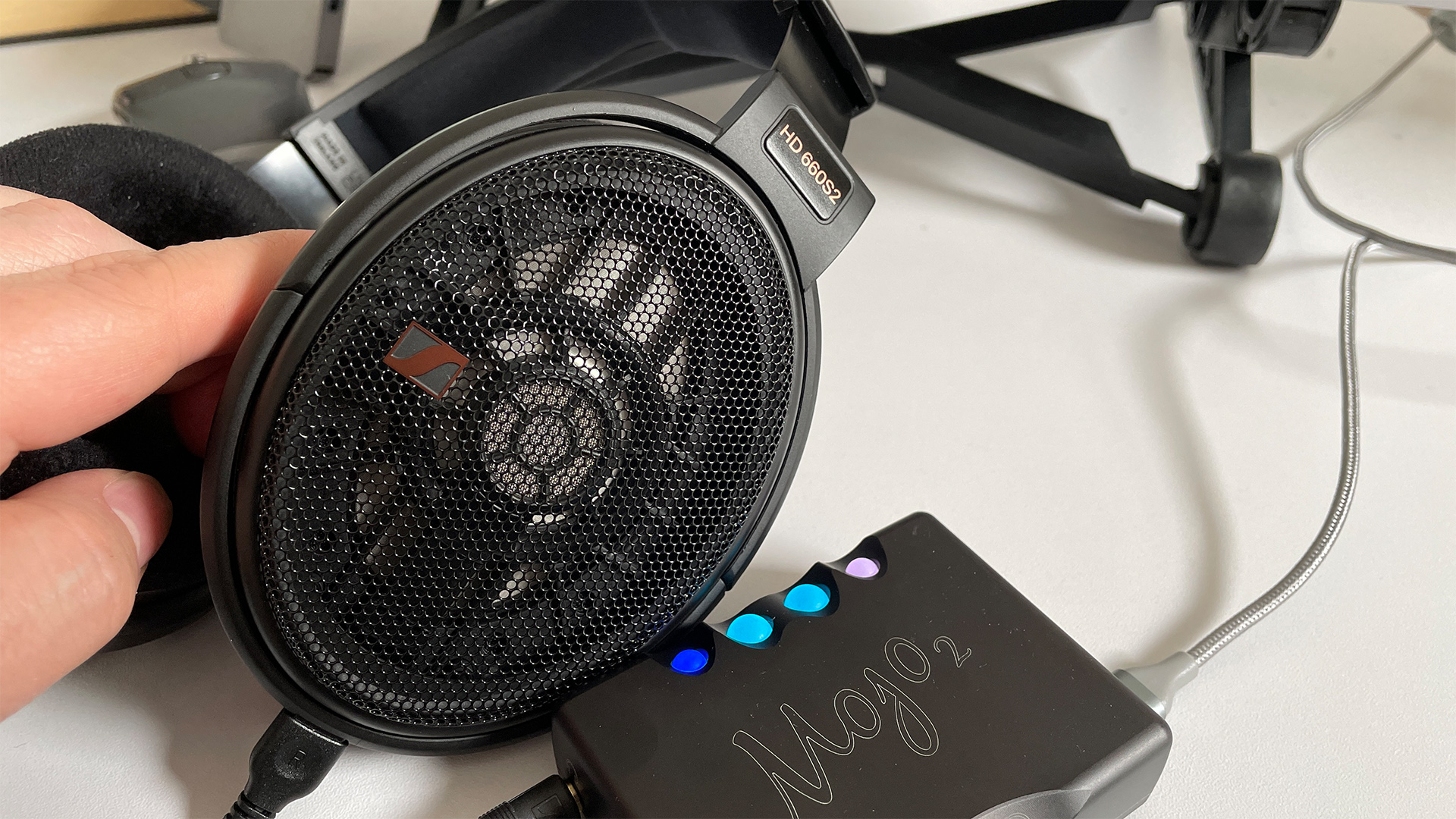
As with most hi-fi equipment, headphones need to be run in. Sound changes over time as the components bed in (usually around 24 hours of continuous play will do the trick, but sometimes it can take longer), so make sure the pair you are testing in-store has had sufficient play.
Finally, as we often stress, don’t make your pick in a dealership then go home and scour for better deals online. In all likelihood, you won’t be saving much anyway.
If a dealer has helped you with a purchase, not only do they deserve the sale but you’ll want to keep that relationship strong for the next time you walk through the door.
Shop online – and during sales events
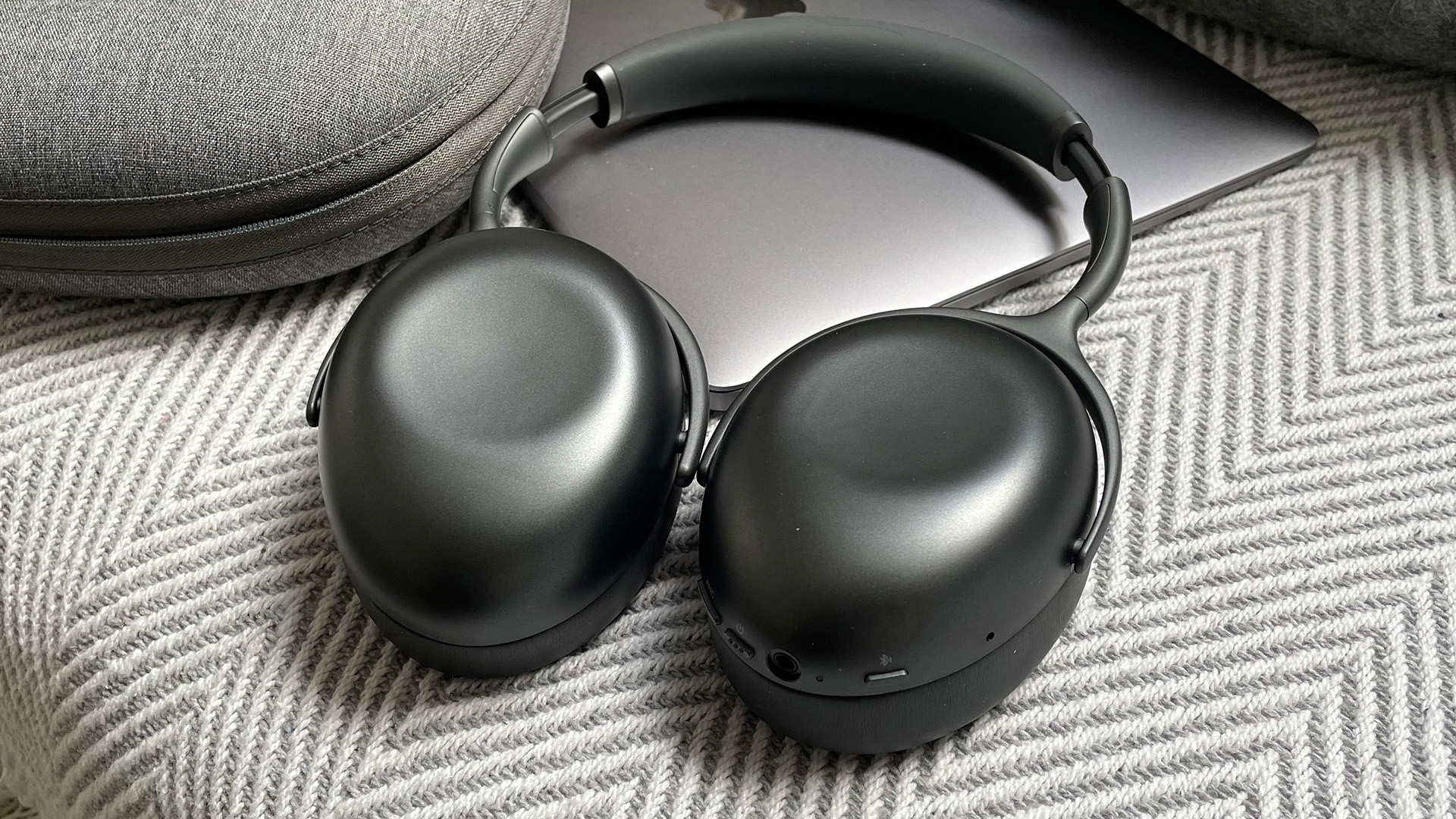
If you don’t have easy access or enough time to visit a dealership, the internet can of course be a great place to shop. Especially around peak shopping days such as Amazon Prime Day, Black Friday and Cyber Monday.
Many of the same rules apply: use our reviews to guide your search and be open to any alternatives you may happen upon. There are some great deals available, and we always curate our headphones deals round-up only with recommended deals on recommendable pairs – not just any old pair with a big discount.
Reviews will help guide you away from absolute tripe, but regardless of how descriptive they are, treat them merely as an aid. The collective expert opinion of the entire team can be found in any What Hi-Fi? review, but it is an opinion nonetheless. You’ll never know exactly how a product sounds (or feels) until you’re using it yourself. Otherwise, you may as well just pick a name from a hat.
If ever you’ve seen the television show Rogue Traders, you will know that not everybody plays fair – and it’s not just plumbers stealing your bone china. There are plenty of undesirables online as well. Always make sure you’re buying from a trusted source (if you are unsure, our online reviews are linked to a number of trustworthy retailers who stock the product) or you could be left with knock-off gear and no chance of a return – all for the sake of a tenner.
Essentially, stay vigilant, just as you would when buying anything else from the web.
Got 'em? Run 'em in!
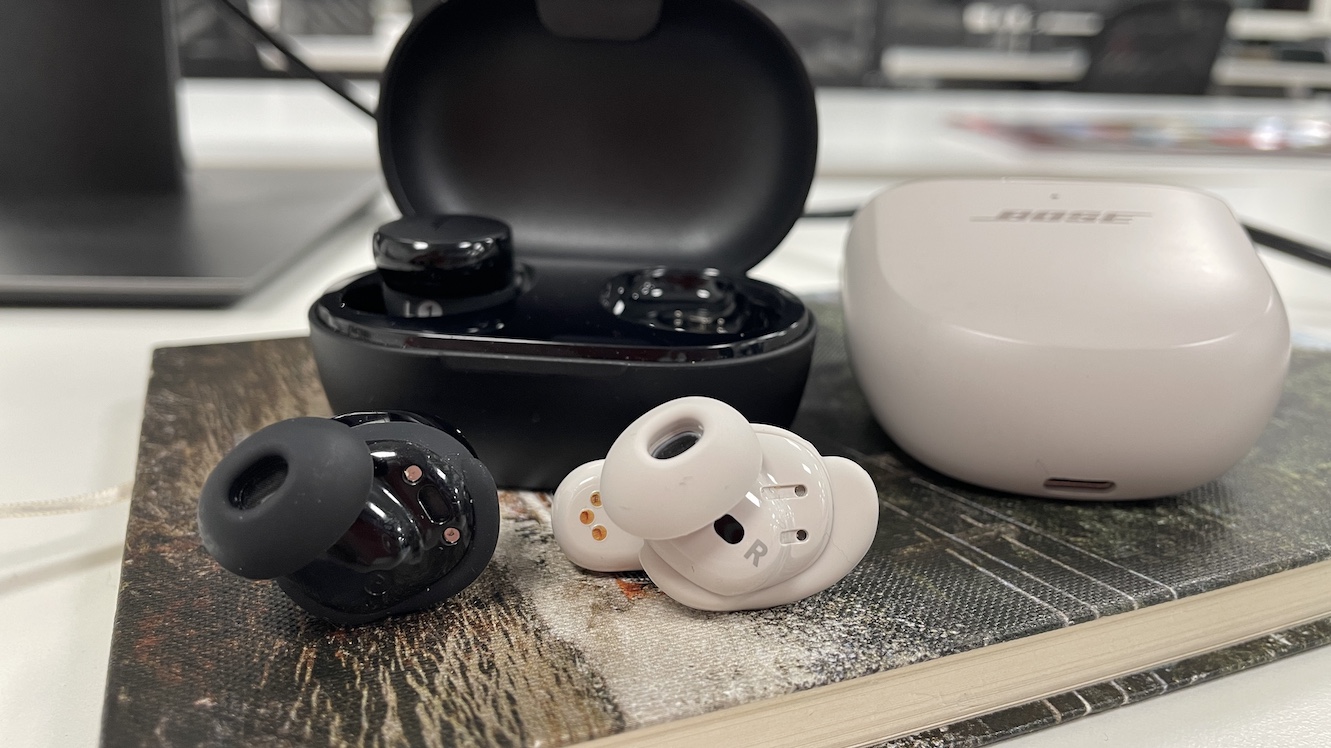
Unlike a lot of hi-fi equipment, there isn’t a great deal of work to be done when you finally get your headphones home. You needn’t worry about positioning, stands or cables as with speakers, but don’t forget our earlier point about running in.
Lift your headphones straight from the box and plug in, and you run the risk of mighty disappointment. Leave them running in overnight (we do this with every pair we test) and you’ll hear the sound that was the reason you bought them in the first place.
MORE:
How to avoid buying fake headphones
Check our roundup of the best cheap headphone deals
See our pick of the best wireless earbuds
Need some music to try them out? Here are the best music streaming services







